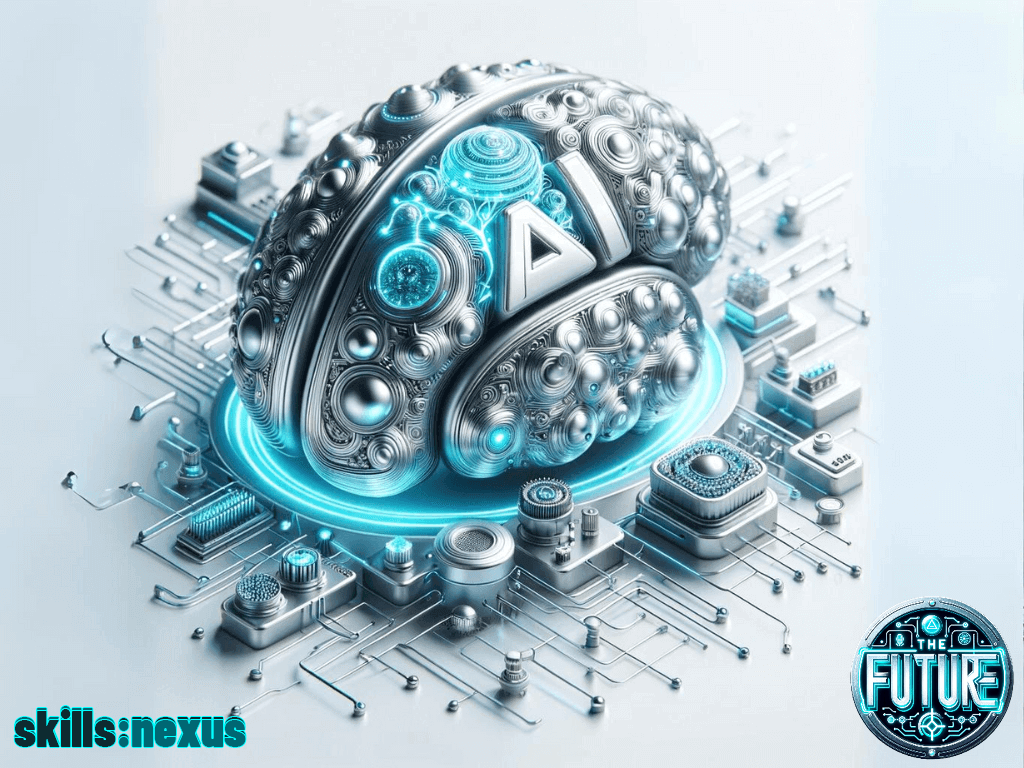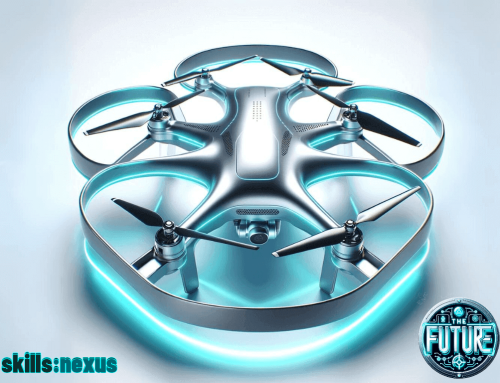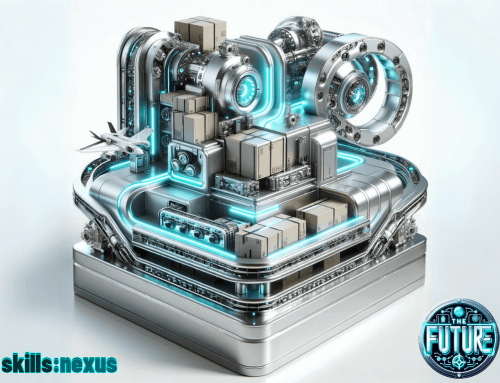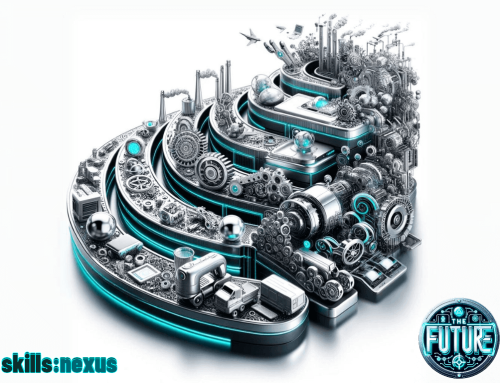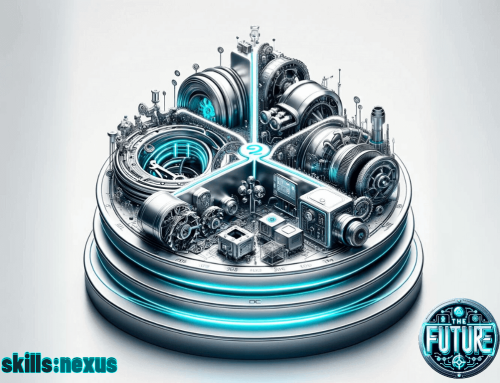As we plan to dive into the topic of “AI in Education”, we should first understand what AI really is. In fact, it is not very easy to explain, as even scientists have a hard time defining it, but in a nutshell we can say that AI is a software designed to simulate the human intellect. AI enables machines to learn, reason, and make decisions autonomously.
So, AI enables machines to perform tasks which were only done by humans until now.
Now, all of a sudden, we have competition – something we, as a race, are not used to. No other species on this planet was capable of learning and reasoning better than humans. Now there is something better at this. But it’s not a species, it’s a tool.
Is AI better than humans overall? I would say no, because humans, even if we may be learning and reasoning much slower than AI, we can exist by ourselves. We are able to function without any outside help. In theory any human being should be able to feed and find shelter under any conditions. Even if it comes down to hunting or gathering wild berries in the forest. So, we can function independently.
Machines are not able to function by themselves – machines need power, as in electricity. The smartest AI is not operational if someone unplugs it from the grid.
The AI-based end of the world scenarios are not really going to happen anytime soon. AI-based machines will not take over the world. They could destroy it, of course, but only if we give them access to our nuclear weapons. If we don’t, then I would say it’s all good.
So, AI systems might outsmart us in some ways, but in many other ways we are still superior. AI is basically a tool we have, which can really improve our life by making us A LOT more efficient.
Next we will take a look at how we can actually do this, in a smart way. This could mean, eventually, universal basic income for humans, which would not be such a bad thing, would it?

